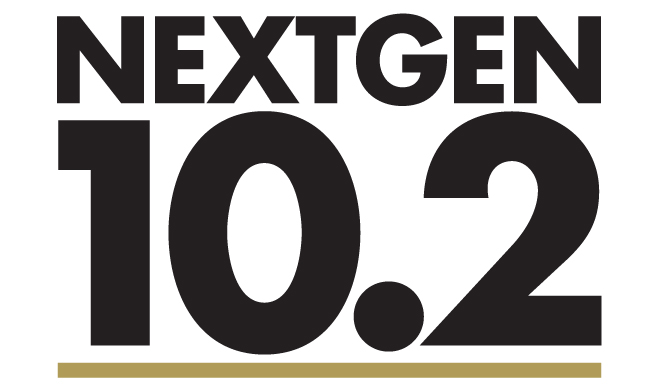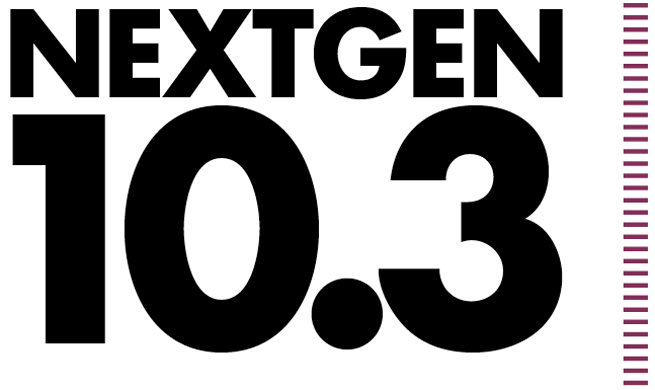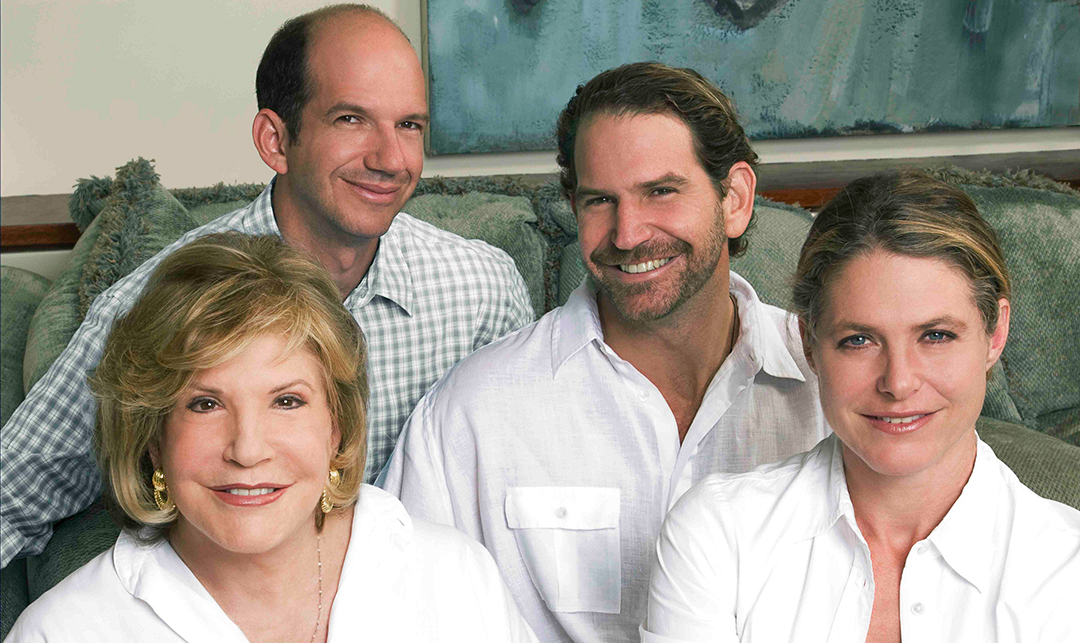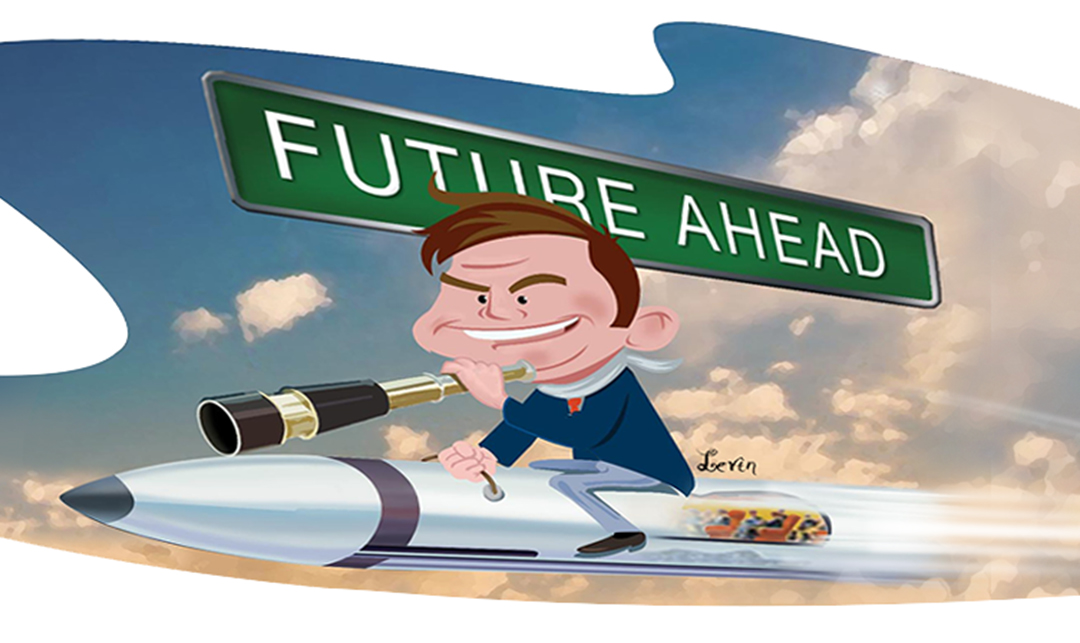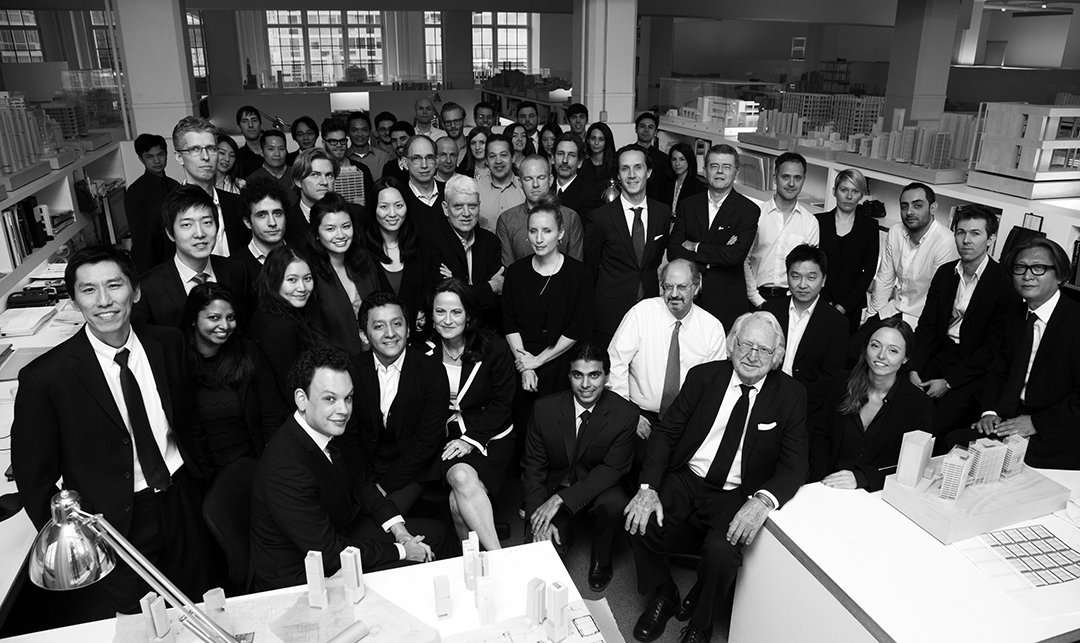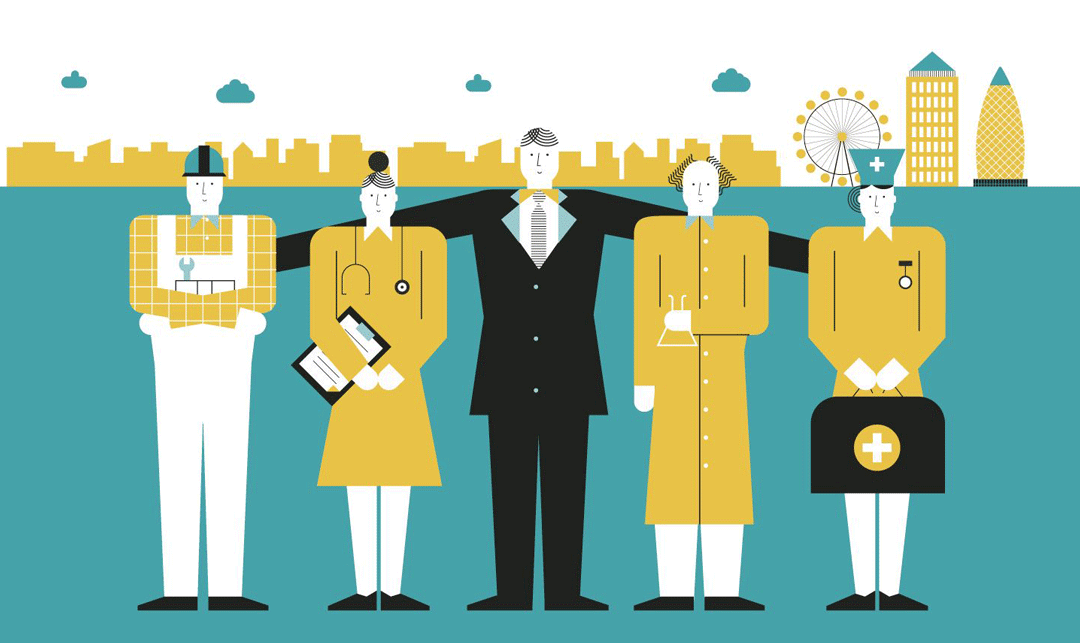Innovation, when pursued without a moral compass or an ethical core, predictably led to a dystopia of one ruling class replacing another, with incumbency and inequality further entrenched by the ever-increasing dominion of technology. At the same time, technology has given a voice to so many who have previously not been part of our dialogue.
The challenge we face is to make technology-driven innovation more inclusive. So how can we finally repurpose innovation to realize the utopia of democratized technologies that drive greater equality?
All-Time Highs and Lows
The triple tsunamis of the continued murder of Black people by law enforcement, disruptions caused by the COVID-19 pandemic, and the scarcely believable reality show that is the aftermath of the presidential election have brought into sharper relief the inequalities and inefficiencies endemic to our society. Some people get every opportunity, and many others never get a chance.
We live in a time where economic inequality has never been greater, opportunities for progress for anyone outside the established elite have never been smaller, and trust in the foundations of our society and economy has never been lower.
Despite the progress and prosperity around us—and especially in the technology industry—we live in a world where:
- U.S. stock markets hit an all-time high amid the highest period of unemployment since the end of World War II.
- During the worst pandemic in over a century, Black, Latinx, and Indigenous people have a COVID-19 death rate triple that of White Americans, but are 40–50% less represented in vaccine trials necessary to stop the spread of the virus.
- With in-person learning being severely curtailed, 1 in 6 students in the United States do not have access to high-speed internet to participate in remote learning, rising to 1 in 3 among Black, Latinx, Indigenous, Southern, rural, and working-class Americans.
- 1 in 5 people face starvation and homelessness and millions work in perilous jobs with no protections literally put their lives at risk to ensure that the select few working from home can continue their lives with minimal disruption.
Read more of Edward C. Wilson-Smythe’s thought leadership.
The common theme through these paradoxes is that technology-driven innovation seems to only magnify inequalities in access, opportunity, and outcomes.
The Nature of Innovation: Progress, Privilege, and Misery
The received wisdom is that innovation has been the cornerstone of human progress, with each great leap in the human condition being driven by an era of innovation.
However, through successive waves of innovation, we have been blinded by growth in productivity and wealth—and ignored necessary questions around what was produced, how it was produced, how it was distributed, who benefitted from it all, and most importantly, who was left behind. There have been great advances, but not all rising tides have lifted all boats.
For example, the Agricultural Revolution further enriched the landed gentry as rentiers, led to the evils of indentured servitude and enslavement, and created periodic famines from Bengal to Ireland to Persia to Ukraine, all to serve the needs of colonizing elites.
Focusing purely on innovation at all costs can create a powerful impulse toward inequality, injustice, and insecurity.
The Industrial Revolution created a new kind of plutocrat who accumulated wealth through child labor and unsafe workplaces, created urban slums to keep dispossessed workers close to factories, and abandoned the working class to unemployment, poverty, and addiction in search of new ways to accumulate wealth.
And the Financial Revolution, the last 40 years of ideological hegemony of supply-side economics in the United States and globally, has created a definitive schism between money and the structural foundations of the economy, where a small group of global elites can systematically enrich themselves by condemning workers to poverty and uncertainty close to home, and exploiting workers and forcibly extracting wealth in far-off lands.
Every wave of innovation has entrenched and concentrated privilege, while condemning the vast majority of humanity to servitude and misery. We have failed to understand the true nature of innovation and how it impacts social and economic structures, because we paid attention to the wrong metrics.
Technology-Innovation Reality Distortion Zone
As the most profound and most impactful era of innovation, the current Information Revolution goes beyond impacting social and economic structures to changing the very way we perceive the world around us.
The primary product of this era is not even information, but a new economic reality where:
- Managers and professionals living paycheck to paycheck vilify the working class and blindly serve and emulate the top 0.1% who control our society and economy, despite having lives and concerns that are much closer to the working class than the new idols of capitalism.
- People struggling to make ends meet in the gig economy are conditioned to see themselves as empowered entrepreneurs instead of exploited workers.
- Lines between objective facts, informed opinions, and outright lies have been obliterated in the name of increasing engagement on social media, ending the shared understanding that is critical for informed social and economic decisions.
These carefully curated realities serve one purpose: to distort our perception of social and economic structures to enrich a very small number of innovators, while disenfranchising billions of people and corroding institutions designed to serve them.
Focusing purely on innovation at all costs can create a powerful impulse towards inequality, injustice, and insecurity. The convenience of immediate transport at the push of a button and overnight delivery of any product has a human cost.
Repurposing innovation for the common good will require much more than good intentions and gentle suasion. We finally need to put humanity above consumer convenience and quarterly results. Without direct, purposeful, and urgent action, we may run out of time to address this existential threat to our shared humanity and build sustainable systems that uplift all.
Harnessing Innovation for the Common Good
As leaders in technology companies, in the broader economy, and in our communities, we can take tangible steps to bend the arc of innovation toward justice. We should complement our involvement in and influence of macro issues such as regulation, taxation, trade, and migration, with an unwavering focus on what we excel at: influencing the design, deployment, and consumption of technology in a way that benefits the broadest possible definition of our society.
There are three parts to the democratization of innovation, with clear pathways to a more inclusive and equitable future that are within our control.
- Design for Whom We Serve. With technology impacting every person in our society, it is more critical than ever to ensure that innovations are designed to serve all of society. Faced with justified lack of trust and significant issues with access and affordability among Black, Latinx, and LGBTQ+ communities, pharmaceutical companies are making concerted efforts to improve diversity in scientific and leadership positions, increase representation of marginalized communities in clinical trials, and engage with community organizations to build stronger partnerships. This is the type of inclusive, lifesaving innovation that is a new model for a more people-forward industry.
- Ensure Equitable Access. While discrimination has been endemic in all human societies, technology enables us to codify, target, and accelerate adverse impacts. Redlining, denying loans to Black people and Black-owned businesses, and predatory lending practices targeting Black and Brown people conducted over generations have driven the current racial disparity in wealth. From the largest financial institutions to smaller Black-owned banks, there is less reliance on biased algorithms to evaluate people based on ZIP codes or occupation or net worth, which are all proxies for race, and instead building relationships with individuals and prioritizing a portion of a portfolio toward traditionally marginalized communities.
- Make Space for Humans. Automation now represents a greater threat to manufacturing employment than low-cost countries, at the same time when there are more jobs available than people qualified to fill them. The issue is an irreversible shift from traditional labor-intensive jobs to high-skilled jobs in automated plants, digital ecosystems and new high-tech sectors. We cannot set the clock back to create jobs that no longer exist and should not treat people as cost line items to be optimized. Manufacturers are increasingly addressing the labor shortage and helping displaced workers by building reskilling and redeployment programs into the business case for transformation. This does not slow the pace of change; it only identifies the true cost of transformation and sets the foundation for greater sustainable returns through a skilled and future-ready workforce. It also helps ensure stable employment within the community, resulting in a more attractive place to work and more potential customers to serve. When workers have more money in their pockets, everyone wins.
Learn more about NTT Data Services’ approach to digital operations.
Time for the Real Technology Revolution
Technology-driven innovation has the potential to create new social structures and values, and finally reconcile growth with equality, people with profits, and economics with environment. It must, however, be given moral purpose and ethical direction.
The cost of doing nothing will be societies further fragmented between an ever-smaller cabal of privileged individuals who exist above social norms, and an increasing group of “free agents” untethered from any concept of a shared society, believing in their own truths and fighting ever more desperately over ever-decreasing resources. Technology has the ability to connect the world, but these bonds have to be strong enough to keep society from falling apart.
The good news is that our ability to influence the course of innovation has never been greater than it is now. We have a big challenge, but the ability to deliver big solutions.
We must act purposefully and urgently to ensure technology restores the promise of innovation to its rightful beneficiaries—the people—and leads to equality, security, and dignity for all human beings. It is time for the new human renaissance that every previous era of innovation has promised but failed to deliver.
Let us begin.





